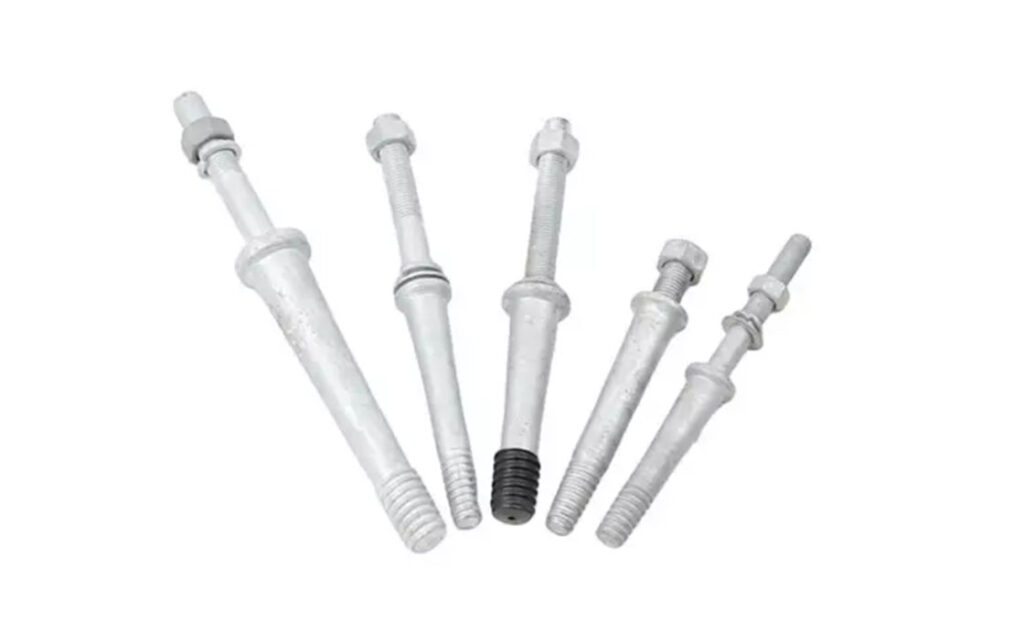
An insulator pin is a component used to support and insulate the electrical conductor wires. It is also known as an insulator or a suspension insulator. An insulator pin helps prevent electrical current from flowing down to the support structure. It then directs it along the intended path of the transmission line. Short circuits could lead to power loss, safety hazards and damage to equipment. The components are from materials that have high electrical resistance. These include porcelain or composite materials. These materials allow the current to flow through the conductors. They also avoid the transfer of electricity to the support structure. They work in applications such as overhead transmission lines, substations, distribution lines and telecommunication towers.
Components of insulator pin
An insulator pin consists of several components that work together to provide insulation and mechanical support. The specific components vary depending on the design, material, manufacturer and voltage levels of the transmission line. The following are the main components of the insulator pin.
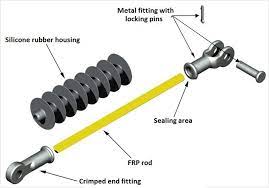
- Insulator body – this is the main part of the pin usually made of porcelain or composite material. It provides electrical insulation by preventing current from flowing through.
- Cap – the cap and skirt are on the top and bottom of the insulator body to provide extra protection against leakage currents. This may be from contaminants such as dirt, pollution and moisture that could accumulate on the surface of the insulator.
- Spindle – this is the threaded rod that runs through the center of the insulator body and connect to the supporting structure. The spindle handles mechanical load and tension imposed on the insulator.
- Flange – this is a flat part at the base of the insulator body which provides stability. It also helps distribute mechanical loads evenly across the insulator.
- End fittings – these are the parts that attach the insulator to the transmission line conductor. They may be clamps or other connectors that securely grips the conductor.
Types of insulator pins
The insulator pins are available in different types and designs to meet the specific requirements of the application. the selected type depends on the voltage levels, environmental conditions and mechanical loads. Additionally, consult with industry professionals for guidance to ensure the safety, reliability and efficiency of the transmission line operation. The following are the common types of insulator pins used on overhead transmission lines.
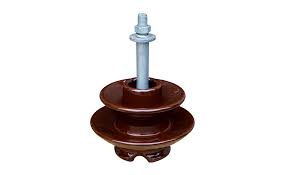
- Single-shedded insulator pins – these pins have one shed which projects part of the insulator body. This is to increase the surface area of water drainage. They mostly work in low voltage applications.
- Double-shedded insulator pins – these have two heads which provides more surface area for water drainage. It also makes them more suitable for higher voltage applications.
- Composite insulator pins – these are from a combination of materials such as porcelain and fiberglass. This makes them lighter and stronger than traditional porcelain insulator pins.
- Insulator pins with anti-fog coating – these are insulator pins coated with a special substance. This helps prevent the formation of fog on the insulator body. This can reduce the risk of arcing on the transmission lines.
Applications of the insulator
Insulator pins provide electrical insulation and mechanical support in various applications. This makes them a popular choice in various applications in the industry. They also help ensure safety and reliability of the overhead transmission lines. The type selected should meet the specific requirements of the overhead transmission lines. Additionally, consult with the industry experts on the best type to use for your application. The following are the common application areas of the insulator pin.
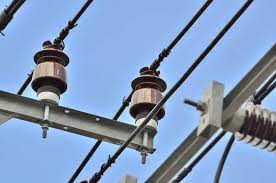
- Overhead transmission lines – insulator pins help to support the electrical conductors. This is while preventing electrical current from flowing down the supporting structures.
- Distribution lines – distribution lines also utilize insulator pins to support and insulate conductors that carry electricity to homes and businesses.
- Industrial facilities – insulator pins help in applications such as manufacturing plants and mining operations. This is to help maintain safe and reliable electrical connections.
- Lightning protection systems – they also help to prevent lightning surges from travelling along conductive paths and causing damage to equipment.
- Telecommunication towers – they also provide insulation for communication cables and other equipment.
- Substations – they provide insulation to equipment such as circuit breakers, disconnect switches and transformers.
- Renewable energy projects – the insulator pins provide necessary insulation for power transmission lines that connect to provide insulation for communication cables and other equipment.
Installation guide for insulator pins
The installation process ensures the safe and reliable operation of overhead transmission lines. The installation process varies depending on the type of insulator pin, manufacturers guidelines and local regulations. Additionally, it is advisable to consult experts for guidance on the installation. They can also help with assistance on the best insulator type to suit your application needs. The following is a basic installation process of the insulator pins.
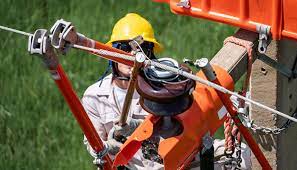
- Prepare the necessary tools, equipment and materials for the installation. These includes insulator pins, hardware, fittings and safety gear. Ensure you have the proper safety equipment such as gloves, safety glasses and clothing.
- Ensure the work area is clear of any obstructions and hazards and follow all the relevant safety regulations and procedures. This is to prevent accidents and injuries dutring the process.
- Inspect all the insulator pins, fittings and hardware for any signs of damage, defects or corrosion.
- Determine the correct locations for installing the insulator pins based on the transmission lines design and specifications. Attach the insulator pin to the structure suing the provided hardware to ensure all the fittings are securely fastened.
- Connect the transmission line conductor to the insulator pin using the suitable fittings and clamps.
- Ensure the insulator pin and the conductor align properly. This is to prevent unnecessary stresses on the components. Verify that the conductor is not strained or twisted after attachment.
- Use the recommended torque values to tighten all fasteners including nuts, bolts and washers. Over-tightening or under-tightening can lead to mechanical issues or compromise the integrity of the installation.
- Conduct visual inspections to ensure that all components install properly and are secure. Perform electrical testing to verify the insulation properties of the insulator pins.
- Maintain detailed records of the installation process. This includes photographs, drawings and any adjustment made.
Selecting the best insulator pin
The selection process of insulator pins involves various factors to consider before purchase or order. The selected insulator pin should ensure safety, reliability and performance. They should also ensure electrical insulation and mechanical support. Also, it is advisable to seek expert advice and carefully assess the factors mentioned above before making a decision. The factors are as discussed below.
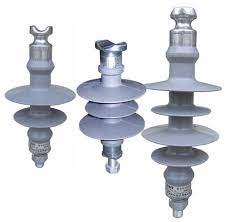
- Choose an insulator pin that can handle the voltage level of the transmission system.
- Evaluate the mechanical stresses the insulator pin will have to experience including wind, ice, tension and compression. The selected insulator pin should withstand these loads without compromising the structural integrity.
- Choose an insulator pin that has sufficient creepage distance for the expected operating conditions.
- Choose and insulator pin with good corona performance to minimize radio interference and power losses.
- Consider the reputation of the manufacturer known for producing quality products and meets industry standards.
- Consider the cost of the insulator pin and how it fits within your budget. Balance costs and quality of the products.
- Consider the environmental conditions the insulator pin will handle. This includes temperature variations, humidity, pollution and corrosive elements.
- Consider the type of installation whether in suspension, strain, post or other type of installation.
- Consider the type and size of the conductor the insulator pin will support. It should match the design of the insulator pin’s end fittings and clamps.
- Ensure the selected insulator pin complies with relevant international and regional standards. This is to increase the insulator performance and safety.
Frequently asked questions
What is an insulator pin as used in overhead transmission lines?
An insulator pin is a component used to support and insulate the electrical conductors from the supporting structure. They prevent electrical current from flowing down the support structure. It then redirects it along the intended path of the transmission line.
What is the difference between the insulator pin and the pin type insulator?
An insulator pin is a is a component used to provide electrical insulation and mechanical support for conductor wires that carry electrical currents. A pin type insulator is an insulator that consists of a single insulator unit with a threaded spindle that allows the insulator to attach to the structure.
What are the benefits of using insulator pins?
Insulator pins offer several benefits that contribute to the safety, reliability and efficiency of these systems. These include electrical insulation, safety, reliability, mechanical support, corona control, easy maintenance, scalability and economic benefits.
What are the limitations of insulator pins?
They also have various limitations which include corona effects, voltage limitations, mechanical stress, maintenance and material compatibility. Consider these factor before selecting the insulator pin for your application.
